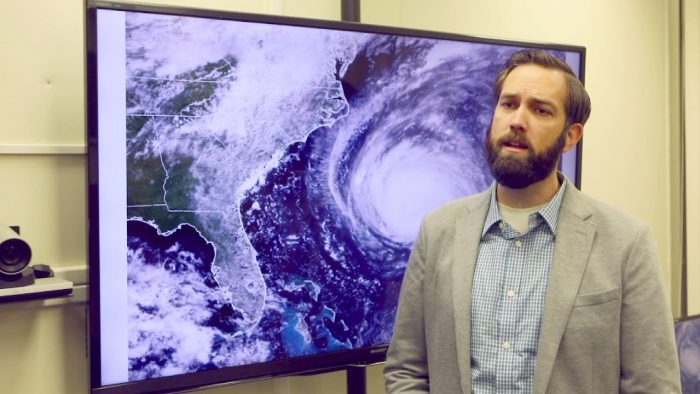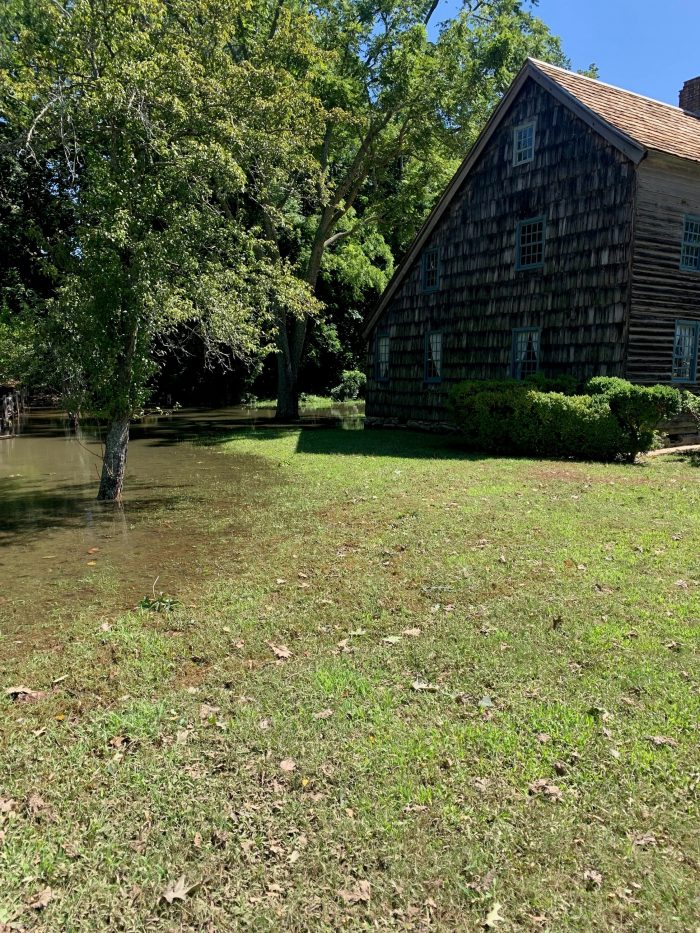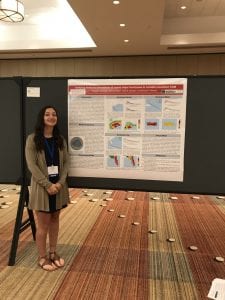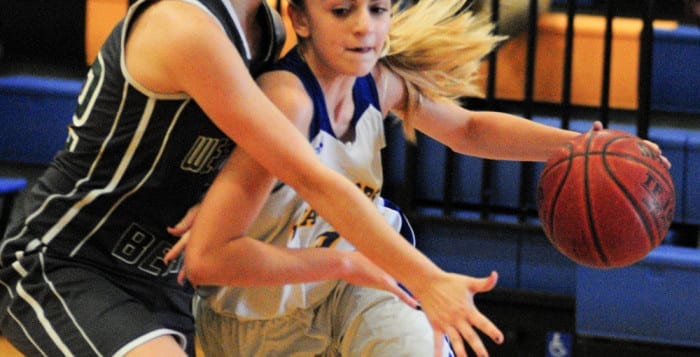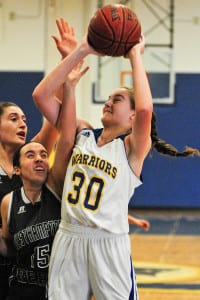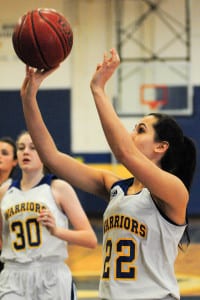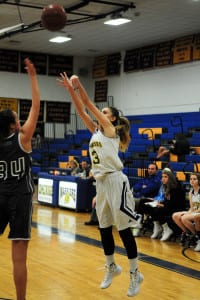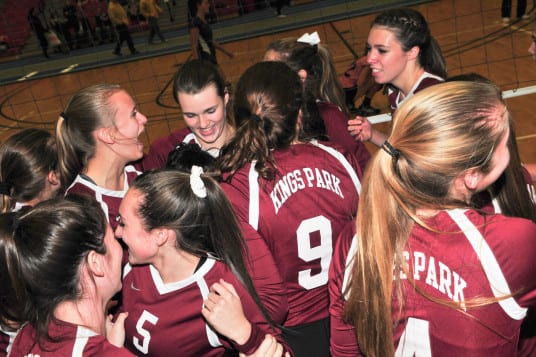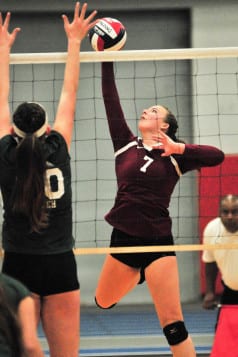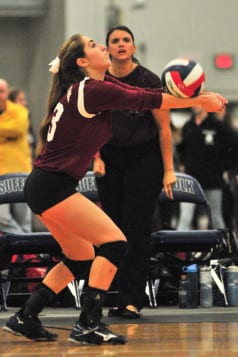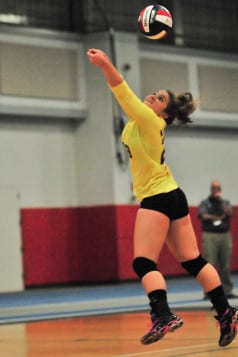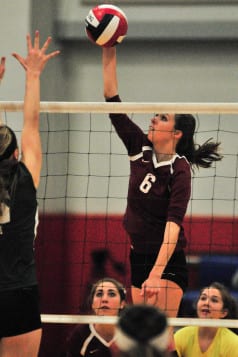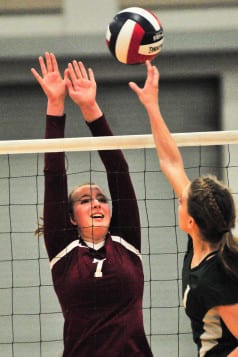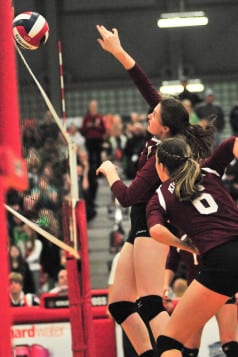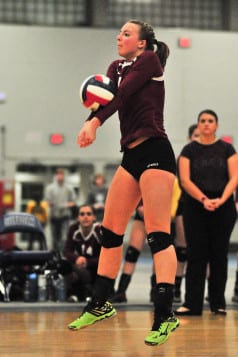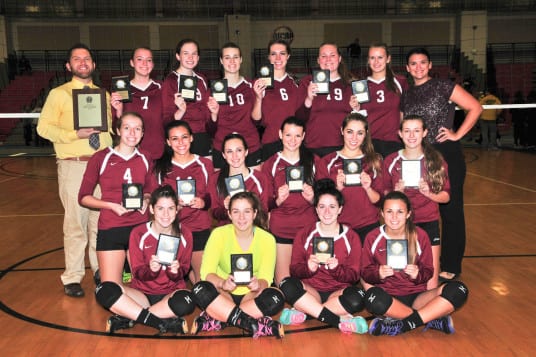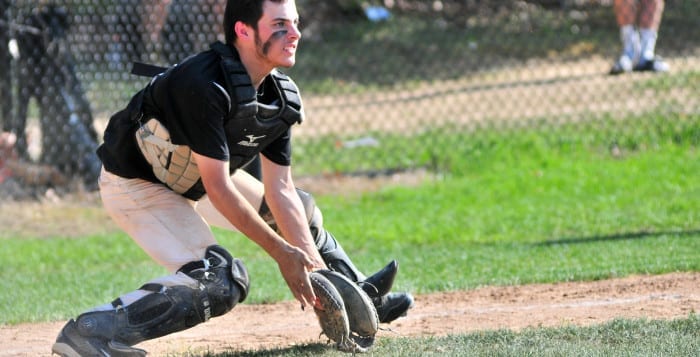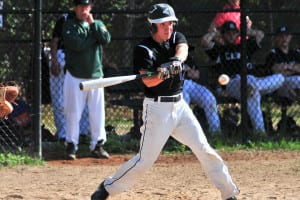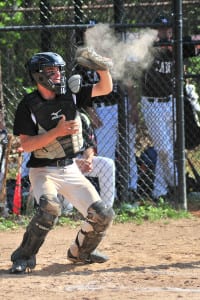National Preparedness Month is a chance for families to think about what to do in an emergency
With hurricane season entering peak activity, PSEG Long Island marks National Preparedness Month by reminding customers to prepare ahead of time for disasters and emergencies.
“Natural disasters and other emergencies can disrupt access to goods and services that underpin our day-to-day lives,” said David Lyons, interim president and COO of PSEG Long Island. “The safety of our employees, customers and contractors has always been PSEG Long Island’s top priority, and we partner with groups like the United Way to help spread the word. Taking the time to prepare and having a plan limits the negative impact an emergency has on your household.”
PSEG Long Island’s ongoing system improvements and enhancements to the grid help provide electric reliability to Long Island and the Rockaways throughout the year.
PSEG Long Island also continues to incorporate enhancements and upgrades to its systems and its storm processes, including its contingency procedures.
Here’s how customers can prepare for a severe storm and other emergencies:
- Ensure you have a battery-powered radio and fresh batteries.
- Check your supply of flashlights, blankets, nonperishable food and bottled water.
- Create an emergency communications plan.
- Develop an evacuation plan.
- Charge your cell phones, tablets and other mobile devices.
- Make sure to have cash available. Banks may be closed or inaccessible after a storm.
- Fill up your vehicle’s fuel tank.
- Bring in unsecured objects and furniture from patios and balconies.
- Compile a list of emergency phone numbers, including PSEG Long Island’s 24-hour Electric Service number: 1-800-490-0075.
- Discuss storm and lightning safety with your family. Visit https://www.psegliny.com/safetyandreliability/stormsafety for safety tips, YouTube safety videos and more.
- Follow PSEG Long Island on Facebook and Twitter for updates before, during and after the storm.
- Be aware that downed wires should always be considered “live.” Do not approach or drive over a downed line, and do not touch anything it might be in contact with. If a wire falls on or near your car, stay inside the car, call 911 and do not get out until PSEG Long Island de-energizes the line. If you MUST exit the vehicle because it is on fire, jump as far as possible away from the vehicle, with both feet landing on the ground at the same time, and hop or shuffle away.
Critical Care Program
PSEG Long Island understands the critical need for power when life-support equipment is in use. While it is the customer’s responsibility to plan ahead to meet their medical needs if the power goes out, eligible customers can receive enhanced notifications by enrolling in the Critical Care Program. When there is severe weather, PSEG Long Island will stay in touch with these customers and make every effort to restore power as soon as possible. However, there may be circumstances when timely restoration is difficult, particularly in the case of a severe storm, and participation in the Critical Care Program does not guarantee priority power restoration.
Customers can visit https://www.psegliny.com/myaccount/customersupport/customerassistanceprograms/criticalcareprogram to learn more.
Stay connected:
- Download the PSEG Long Island mobile app to report outages and receive information on restoration times, crew locations and more.
- To report an outage and receive status updates via text, text OUT to PSEGLI (773454) or visit us online at www.psegliny.com/outages.
- To report an outage or downed wire call PSEG Long Island’s 24-hour Electric Service number: 800-490-0075.
- Follow PSEG Long Island on Facebook and Twitter to report an outage and for updates before, during and after a storm.
- Visit PSEG Long Island’s outage information across Long Island and the Rockaways online at https://mypowermap.psegliny.com.
For more information about planning for emergencies, visit https://bereadyli.org.
For more information about National Preparedness Month, visit https://www.ready.gov/september.


